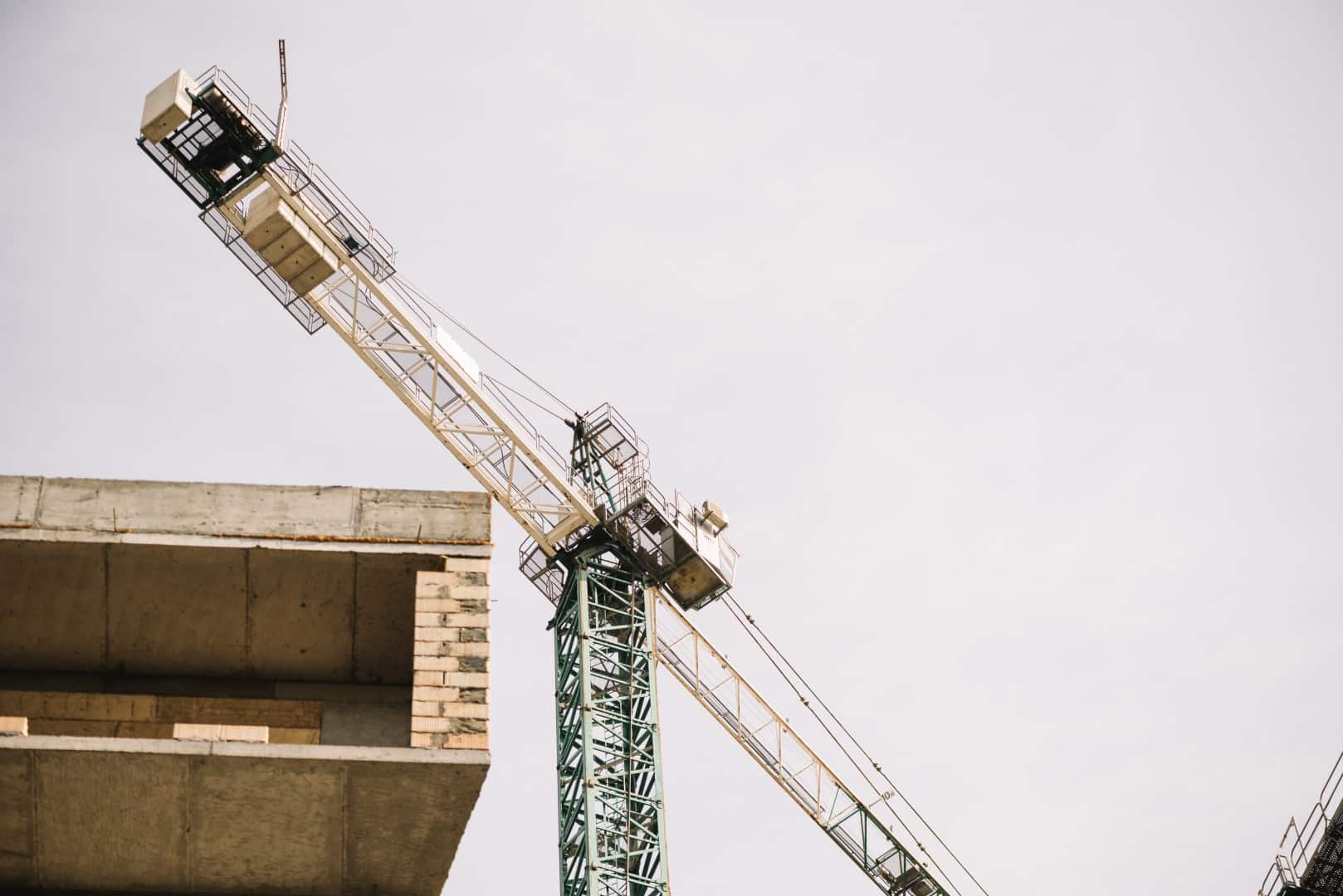Overhead cranes are usually used in construction, manufacturing, warehousing, etc. for lifting and moving heavy loads. They increase the productivity and safety of the workers. However, if they are not used or maintained correctly, then they may result in severe accidents. If workers understand the risks involved in overhead cranes and follow the safety guidelines, they can significantly reduce hazards and keep workers safe.
In this blog, we will discuss common overhead crane hazards, crane safety guidelines and highlight the importance of understanding crane operation risks.
Common Overhead Crane Hazards

There are many risks involved with the operation of overhead cranes. The following are the high-risk incidents that most people experience with cranes:
- Electrical Hazards: Cranes often operate directly under or around power lines making the possibility of electrocution quite high. Even minor accidents such as bumping hot wires or energized equipment can be deadly.
- Falling Loads: Lack of proper rigging or faulty crane components in a crane usually leads to falling loads that cause danger to the workers on the ground. Misjudging load weight or crane capacity also contributes to this hazard.
- Mechanical Failures: Regular wear and tear are inevitable for most crane equipment such as brakes, hoists, slings, crane drums, etc. Hence, it is necessary to conduct regular maintenance to prevent such breakdowns during any operations.
- Poorly Trained Operators: Operators who have little to no experience have a high likelihood of making mistakes due to the lack of understanding of safety complications involved with the crane.
- Environmental Factors: Environmental concerns such as high winds, rainfall and extreme temperatures have adverse effects on how cranes are able to perform and can also affect their stability.
Understanding Overhead Crane Operation Risks

Operating an overhead crane requires knowledge of potential risks and how to mitigate them. Here are some key factors to consider:
- Load Capacity: Every crane has a maximum load limit. Exceeding this capacity can lead to equipment failure and accidents. Always check the load rating before lifting.
- Blind Spots: Cranes often operate in areas with limited visibility. Without proper communication and monitoring, blind spots can lead to collisions or injuries.
- Swing Hazards: Improperly secured loads can swing during transit, potentially hitting structures or workers.
- Proximity to Other Equipment: Cranes working near other machinery can create overlapping risks, emphasizing the need for coordination.
Overhead Crane Safety Guidelines

Following overhead crane safety guidelines can drastically reduce the likelihood of accidents. Below are essential tips to ensure safe overhead crane operations:
- Conduct Regular Inspections: Perform daily inspections to identify any wear, tear, or damage to crane components. Addressing issues early prevents mechanical failures.
- Train Operators and Workers: Proper training is essential for anyone operating or working around cranes. Ensure operators are certified and understand all aspects of crane safety.
- Use Proper Rigging Techniques: Secure loads using appropriate rigging equipment. Double-check connections and ensure the load is evenly distributed to prevent tipping or falling.
- Establish Communication Protocols: Clear communication between operators, signalers, and ground workers is critical. Use standard hand signals or communication devices to ensure everyone stays informed during operations.
- Follow Load Capacity Limits: Never exceed the crane’s load capacity. Refer to the manufacturer’s manual for specific weight limits and follow them strictly.
- Stay Aware of Electrical Risks: Maintain a safe distance from power lines and use insulated equipment to reduce electrical hazards. Conduct regular inspections of electrical components to identify faults early.
Best Practices to Prevent Overhead Crane Accidents

Preventing overhead crane accidents requires a proactive approach. Here are some best practices to create a safer work environment:
- Develop a Safety Plan: Outline procedures for safe crane operations and share them with the team. Include emergency response protocols for accidents.
- Use Modern Equipment: Invest in cranes with advanced safety features like overload protection and anti-sway systems.
- Monitor Equipment Lifespan: Replace outdated or worn-out equipment to maintain efficiency and safety.
- Engage in Safety Audits: Conduct regular safety audits to ensure compliance with safety standards and identify areas for improvement.
Final Thoughts
At Valley WorkSafe, we understand the crucial role overhead cranes play in industrial operations. That’s why our comprehensive health and safety online certification course focuses on identifying overhead crane hazards and adhering to safety guidelines to prevent accidents. By prioritizing safety, we’re helping businesses protect their workforce, meet compliance standards, and maintain efficiency. Together, we’re empowering workers with the skills to advance their careers and ensure they get home safely every day.
Watch Our Safety Video here: https://www.youtube.com/@valleyworksafe/

